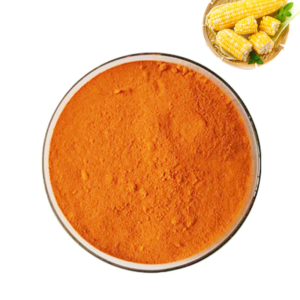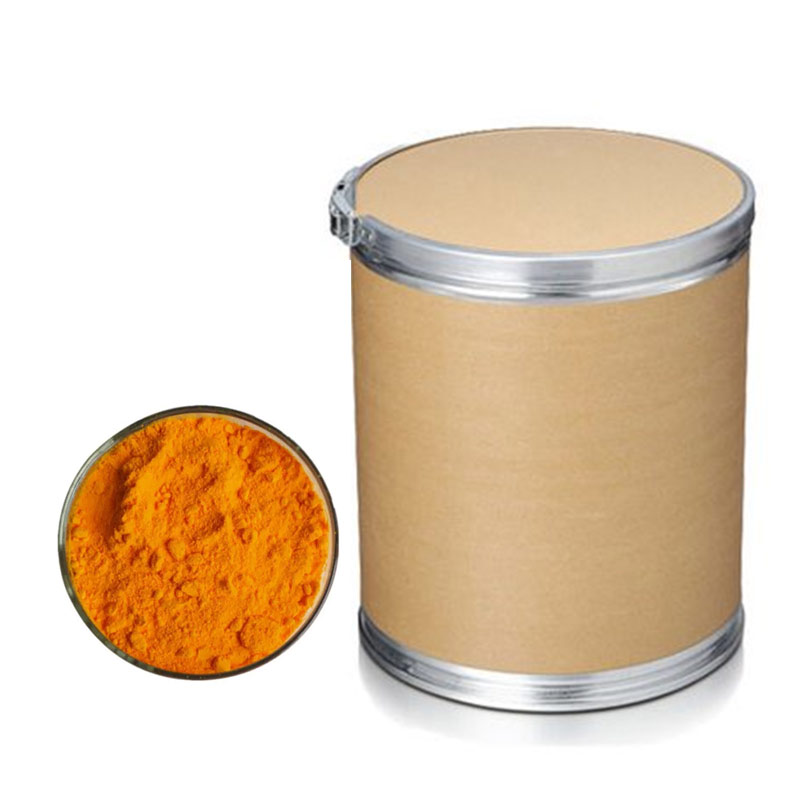Zeaxanthin
-Plant extracts
Product information

| Name | Baisfu Zeaxanthin |
| CAS | 144-68-3 |
| Molecular formula | C40H56O2 |
| Molecular weight | 568.87 |
| EINECS NO. | 205-636-4 |
| Melting point | 203-2050C |
| Boiling point | 572.66°C (rough estimate) |
| Specific rotation | 18Cd +165° (c = 0.7 in benzene) |
| Solubility | Soluble in chloroform (a little), methanol (a little) |
| Acidity coefficient (pKa) | 14.60±0.70(Predicted) |
| Color | Light orange to dark red |
| Form | Solid |
| Stability | Sensitive to light and temperature |
Description:
Carotenoids are a class of natural pigments found in fruits and vegetables.
In addition to plants, many photosynthetic bacteria and fungi can also synthesize carotenoids.
They are terpenoid derivatives and have many conjugated double bonds in their structures.
There are two main categories of naturally occurring carotenoids:
(1) alpha-carotene and beta-carotene, which belong to the carotenoid group;
(2) zeaxanthin, neoxanthin, violet xanthin, belong to the oxidized derivatives of carotenoids.
Zeaxanthin is the main pigment of yellow corn, its molecular formula is C40H56O2, molecular weight is 568.88 Dalton.
And its CAS registration number is 144-68-3.
Zeaxanthin is widely distributed in yellow corn, egg yolks, and some orange and yellow vegetables and fruits.
Zeaxanthin itself does not have the activity of vitamin A, but it and its isomer.
Luxanthin, play an important role in preventing age-related macular degeneration (AMD).
Zeaxanthin is widely used as a food additive and is commonly used in the food industry to color meat.
Nature
Obtained from ethanol are yellow, diamond-shaped crystals with a metallic luster, almost insoluble in water.
Use
It’s found in corn, spinach, eggs, fish, algae, and all kinds of plants and animals. Natural pigment extracted by modern biotechnology.


